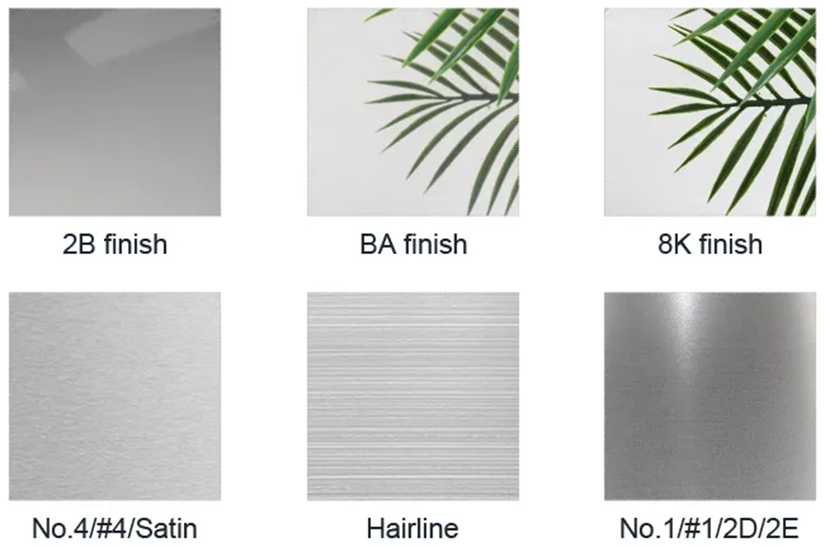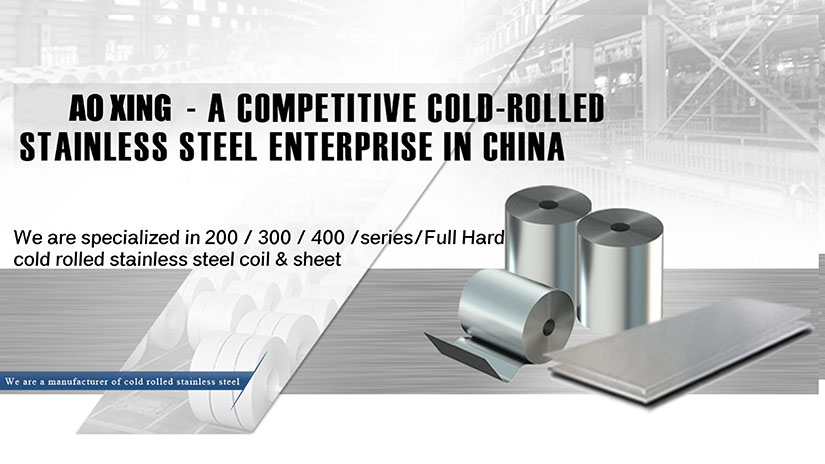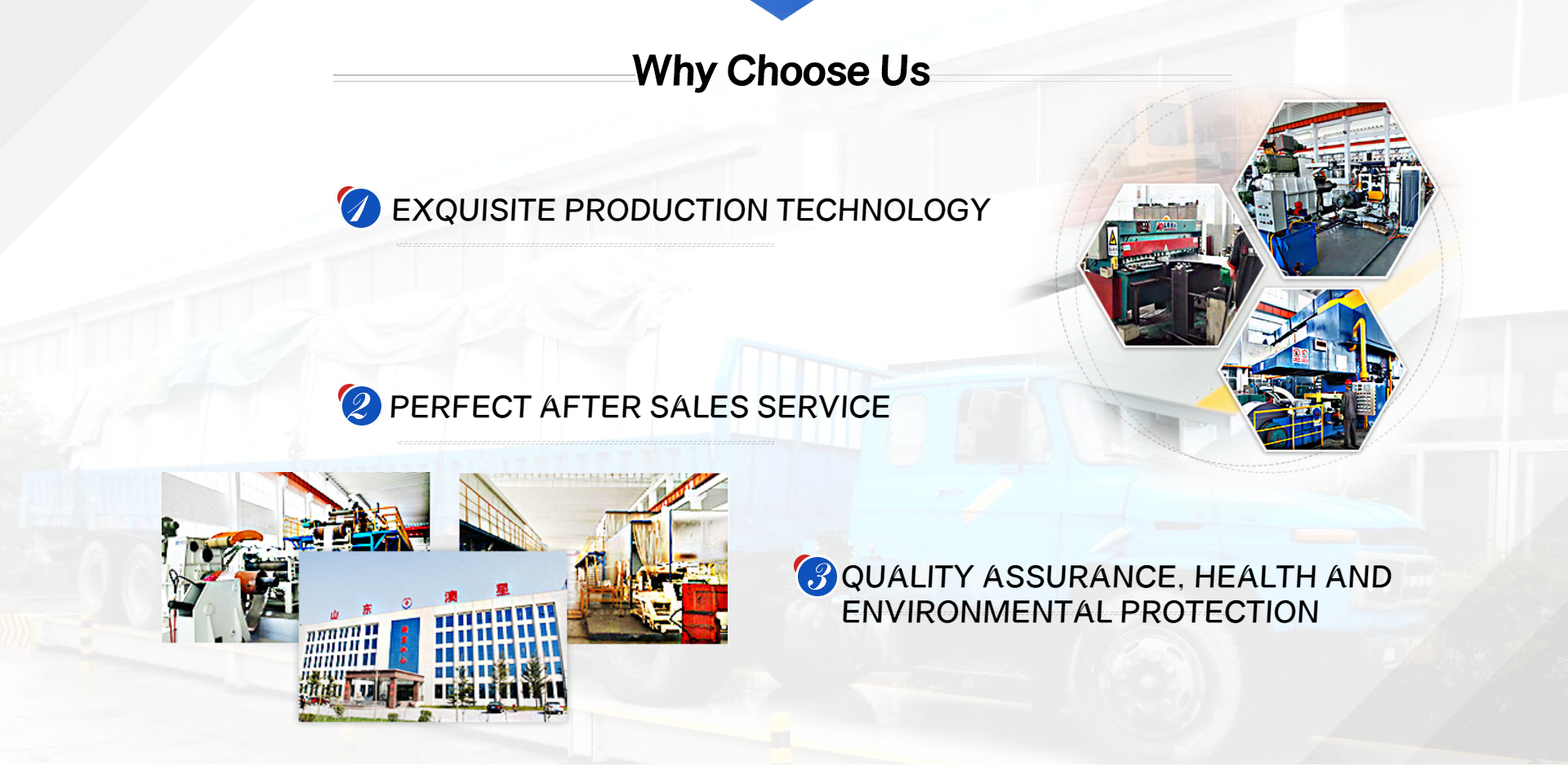310 Stainless Steel Sheet
What is 310 Stainless Steel Sheet?

310 stainless steel sheet, known under the Unified Numbering System as UNS S31000, is an austenitic alloy specifically engineered for high-temperature applications that demand exceptional corrosion resistance. This alloy stands out for its ability to withstand oxidation in temperatures up to 1100°C under conditions that are mildly cyclic, offering a blend of durability and performance in challenging environments.
The variant 310S (UNS S31008) represents a lower carbon version of 310, offering improved weldability and fabricability without compromising the alloy’s core resistance properties. Another modification, 310H (UNS S31009), incorporates a higher carbon content to bolster creep resistance, making it suitable for applications where enhanced strength at elevated temperatures is essential.
Characterized by a robust composition that includes high levels of chromium and nickel, SS 310 plates are capable of enduring temperatures up to 1050°C. This feature makes them an indispensable resource in industries where operations are conducted at extreme heat, such as processing environments exposed to carburizing and nitriding conditions as well as oxidizing atmospheres. The adaptability and high-temperature resilience of 310 stainless steel sheet make it a preferred material for a wide range of industrial applications.
Features of 310 Stainless Steel Sheet
The 310 stainless steel sheet, also known as a 310 stainless steel plate, is distinguished for its remarkable attributes, tailored for high-demand environments. Primarily engineered for high-temperature applications, this alloy is characterized by a significant chromium content of 25%, coupled with silicon at 0.6%. This composition renders the 310 stainless sheet exceptionally resistant to high-temperature corrosion, making it an ideal choice for a plethora of in-service conditions where exposure to extreme heat is a common occurrence.
While 310 stainless steel plate offers superior resistance to heat-induced deterioration, it is crucial to note its limitations in wet corrosive settings. The alloy's high carbon concentration, essential for enhancing its creep resistance, unfortunately, diminishes its performance against aqueous corrosion. Prolonged exposure at elevated temperatures may lead to intergranular corrosion, a factor to consider when selecting materials for specific applications.
Despite this, the alloy's robust chromium content significantly elevates its corrosion resistance compared to many heat-resistant alloys, offering a balanced solution for applications requiring resilience to both high temperatures and corrosive elements. This unique combination of high-temperature fortitude and considerable corrosion resistance positions the 310 stainless sheet as a versatile material, suitable for challenging industrial uses where durability and longevity are paramount.
310 Stainless Steel Chemical Composition & Technical Data Sheet
310 Stainless Steel Standards Comparison
| STS | USA | EURONORM | JAPANESE | GERMANY |
| GRADE | AISI/ASTM | EN | JIS | DIN |
| 310 | 310 | X15CrNi25-20 | SUS310 | 1.4841 |
| 310S | 310S | X8CrNi25-21 | SUS310S | 1.4845 |
310 Stainless Steel Chemical Comparison
| Grade | Standard | Chemical Composition(%) | ||||||
| C | Mn | Si | P | S | Cr | Ni | ||
| 310 | ASTM A240 | ≤0.25 | ≤2.00 | ≤1.50 | ≤0.045 | ≤0.030 | 24.00-26.00 | 19.00-22.00 |
| 310S | ASTM A240 | ≤0.08 | ≤2.00 | ≤1.50 | ≤0.045 | ≤0.030 | 24.00-26.00 | 19.00-22.00 |
310 Stainless Steel Mechanical Properties
| Grade | Tensile Test | Hardness Test | ||
| 0.2% Y.S(Mpa) | T.S(Mpa) | Elongation(%) | HRB | |
| 310 | ≥205 | ≥515 | ≥40 | ≤95 |
310 Stainless Steel Finish & Application

The 310 stainless steel sheet, recognized for its capacity to withstand extreme temperatures, is a prime choice for a broad spectrum of industrial applications. Its resilience and durability make the 310 stainless steel plate highly sought after in environments that demand high heat tolerance, such as cryogenic components and furnace parts including burners, doors, fans, and piping. Beyond its application in heat-intensive environments, this grade finds utility across the food processing, chemical, and pharmaceutical sectors, thanks to its ability to maintain structural integrity in very hot conditions.
Further, the 310 stainless sheet's unique properties are utilized in ore and steel processing, smelter and steel melting equipment, and continuous casting operations. The petroleum refining industry benefits from its use in catalytic recovery systems and tube hangers, while power generation sectors employ it in coal gasifier internals and pulverized coal burners. Its thermal resistance also serves sintering and cement plants well, in components such as burners and feeding systems.
Despite its extensive industrial applications, the 310 stainless steel plate is not recommended for decorative uses due to its lack of polishability. This limitation, however, does not detract from its value in sectors that require materials to endure high temperatures and harsh conditions, underscoring the 310 stainless sheet's role as an indispensable material across various industries.
310 Stainless Steel Sheet Package & Loading Details
At Aoxing, as a premier provider of 310 stainless steel sheets, our dedication extends to the excellence of our packaging and shipping practices, developed from years of export experience. We are well-versed in the standards required for export packaging and take additional steps to reinforce our products within the container, ensuring they withstand the rigors of transportation without damage.
Our 310 stainless steel sheets are individually wrapped in robust, water-resistant materials to guard against environmental elements. To ensure the sheets remain immobile and maintain their pristine condition during transit, we employ strategic bracing within the container. This methodical approach to packaging guarantees that your stainless steel sheets arrive in perfect condition, ready for your project needs.




WHY CHOOSE US?

We are the cold-rolled stainless steel coil production base in China with 200,000 tons capacity annually.
1. Guaranteed Stock Availability: Experiencing stock shortages during crucial times can hinder your projects. Our robust inventory management ensures a consistent supply, ready to dispatch large quantities swiftly, keeping your operations smooth and uninterrupted.
2. Comprehensive Range of Specifications: Finding the exact stainless steel coil specifications can be challenging. We offer a diverse range of specs, ensuring you find precisely what your project demands, with the assurance of our commitment to meeting your specific needs.
3. Customized Material Processing: Custom processing needs can be demanding. Our advanced facilities provide tailored solutions, from precise dimension alterations to specific finish treatments, ensuring your requirements are met with utmost precision.
4. Accurate Shearing Services: Precision is key in stainless steel utilization, and our expert shearing services guarantee exactness in every cut, aligning perfectly with your specifications and quality expectations.
5. Cost-effectiveness is crucial in supplier selection. Our optimized procurement and cost-efficient processes ensure you receive not just premium-quality products but also the best prices, offering exceptional value for your investment.


310 Stainless Steel Sheet FAQ
1. Which 301 stainless steel type is most commonly used?
Among the varieties of 301 stainless steel, the 301s variant stands out as the most widely adopted, particularly for its enhanced strength and minimum elongation characteristics. This specific form is celebrated for its excellent durability and high resistance to corrosion, making it a preferred choice for a broad range of applications across different industries. Its notable tensile strength and minimal stretchability distinguish it as an ideal material for demanding conditions.
2. What is the difference between stainless steel 310, stainless steel 310s, stainless steel 310h?
Understanding the nuances among 310, 310S, and 310H stainless steel grades is crucial for selecting the appropriate type for specific applications. The difference primarily lies in their carbon content, influencing their performance under various conditions. The 310H variant, with its carbon content between 0.04% to 0.10%, offers enhanced strength, making it suitable for high-temperature applications that demand robust mechanical properties. The standard 310 grade, with a carbon content up to 0.25%, is well-suited for applications requiring good strength and corrosion resistance but with careful consideration for welding due to potential carbide precipitation risks. Conversely, 310S stainless steel, characterized by a reduced carbon content below 0.08%, is optimized for use in environments where corrosion resistance and high-temperature strength are paramount, and where post-welding annealing is not viable. This hierarchy of carbon content from 310H, through 310, to 310S, directly affects their application suitability, particularly in terms of welding and temperature resilience.
3. Can you provide custom 310 stainless steel?
Absolutely, we tailor 310 stainless steel to your needs, ensuring your specifications for finish, thickness, width, length and physical properties are met.
4. What's the delivery time?
Quick delivery for trial orders within a week, while regular orders range from 7-30 days.
5. How do you guarantee your 310 SS product quality?
Our 310 products undergo rigorous inspections during manufacturing, cutting, and packaging to ensure the highest quality. And we also provide 310 stainless steel Mill Test Certificate.
6. Can I get some alloy 310 ss samples?
We can provide a alloy 310 ss sample for you to check the quality. Sample is free and you just pay the freight.
7. What is the difference between them, 310 vs 304 stainless steel?
The core differences between 304 and 310 stainless steel lie in their composition, thermal and corrosion resistance, and typical applications.
Corrosion Resistance: 310 stainless steel boasts superior corrosion resistance owing to its elevated chromium and nickel content, outperforming 304 in this aspect.
Hardness & Strength: 310 exhibits a higher level of hardness and strength compared to 304, which can be attributed to its specific alloy composition.
Heat Resistance: When it comes to withstanding high temperatures, 310 stainless steel demonstrates exceptional oxidation resistance, capable of enduring up to 1050°C for continuous service and 1035°C for intermittent service. On the other hand, 304 stainless steel is resistant up to 925°C continuously and 870°C intermittently, making 310 the preferred choice for applications demanding high heat resistance.
Typical Applications: Owing to its robust heat resistance, 310 is often employed in demanding environments such as heat treatment and furnace components, as well as in processing equipment for both ore and food industries. In contrast, 304 stainless steel's adaptability makes it a favorite for a wide range of uses including food processing gear, kitchen implements, architectural accents, and general hardware.
8. How to choose a 310 stainless steel sheet / 310 stainless steel plate supplier?
Selecting a supplier for 310 stainless steel sheet / 310 stainless steel plate involves a series of steps to ensure quality and reliability:
Research Suppliers: Utilize online resources to identify reputable suppliers specializing in stainless steel, focusing on those with a strong industry presence and positive reviews.
Engage with Suppliers: Contact the suppliers to discuss their 310 stainless steel sheet / 310 stainless steel plate offerings, including specifications, pricing, and availability. Consider requesting samples for quality assessment.
Assess Credibility: Evaluate the suppliers' credibility by reviewing their business credentials, certifications, and customer feedback, ensuring they adhere to industry standards and best practices.
Compare Quotations: Solicit and compare quotes from various suppliers, clarifying your specific needs such as quantity, specifications, and delivery details to make an informed decision.
Verify Quality Assurance: Investigate the suppliers' quality control processes and request relevant test reports or certifications to confirm the coils meet your required standards.
Negotiate Terms: Discuss and negotiate key terms, including pricing, delivery, and payment conditions, ensuring they align with your requirements.
Order Placement: Finalize the purchase by confirming the order details, such as the coil specifications, quantities, and agreed terms.
Arrange Payment: Agree on a secure payment method that suits both parties, ensuring all financial terms are clear and documented.
Coordinate Shipping: Organize the logistics, including packaging, shipping, and customs clearance, to ensure the coils are delivered as expected.
Inspect Upon Arrival: Upon receiving the coils, inspect the shipment for quality and accuracy, addressing any discrepancies with the supplier immediately.
9. What is the 310 stainless steel sheet price?
310 stainless steel sheet price actual price will fluctuate based on exchange rates, market conditions, etc. For details, please contact us for a quote.






